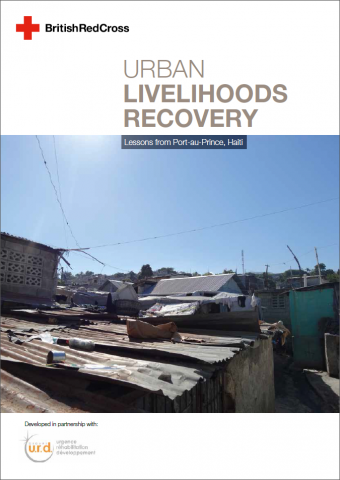Haiti: Earthquake 2010
Beneficiary communication was one of the most important tools directly after the earthquake that shook Haiti at a magnitude of 7.0 Mw on 12 January 2010. It allowed vulnerable communities to receive information that they needed most, as quickly and as efficiently as possible. There were several different media channels that were utilized after the earthquake, each with their own strengths and weaknesses.
- Radio: Radio is one of the most accessible media channels in the world. Beneficiaries simply need electricity and a device capable of picking up radio waves. During the Haiti earthquake organizations planned live radio times where people can call in and get their questions answered live. Of course this was extremely effective and is still one of the most used tools in disasters worldwide. Nevertheless, radio communication has one major limitation, if the listener misses something important due to, for example, the radio unit being turned off, there is no way to recall this information. Thus, causing important information to be lost. This can be overcome in some part by broadcasting regular shows at set times on certain days. There is always a need to build a listenership when using broadcast tools.
- SMS: Over 70 million SMS’ were sent to vulnerable communities in Haiti since January 2010. One of the major strengths that SMS communication has is that it has an extremely high penetration rate. After the Haiti earthquake, anyone with a phone that had a registered SIM card received life saving information about everything from safe practices to live updates on weather conditions. The biggest weakness of SMS communication is that if the necessary infrastructure is destroyed, one can no longer send any messages.
- IVR : During the first response of the Haiti EQ, IVR was used as a tool to disseminate information to the broader public. People were given access to a menu of options to receive prerecorded information on different topics including health, DM , WATSAN and other response programs. Approximately 52,000 calls were received within the first 24 hours of launching the system. During the following year funding was received to build a more substantial IVR system that allowed people to answer questions as well as receive information. This allowed a better understanding of beneficiaries perceptions on a number of topics. The system has since received over 1,000,000 individual calls from beneficiaries.
Key point: The effectiveness of the effort in Haiti can be traced back to the fact that no single method of communication was used, but a combination of low-tech and high-tech communication channels.

